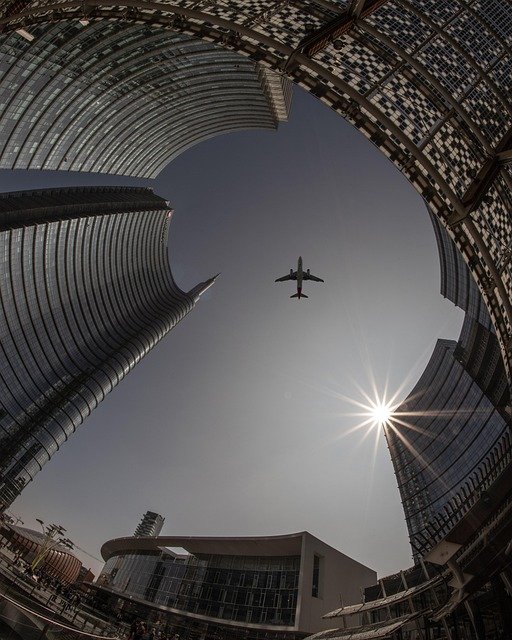Skyscraper Tourism: Scaling New Heights in Urban Exploration
A new trend is taking the travel world by storm, offering a unique perspective on urban landscapes and architectural marvels. Skyscraper tourism, the practice of visiting and exploring iconic high-rise buildings, is rapidly gaining popularity among adventure seekers and architecture enthusiasts alike. This emerging form of travel combines the thrill of heights with cultural immersion, providing a fresh way to experience cityscapes and marvel at human engineering feats.

Today, skyscraper tourism encompasses more than just viewing platforms. It includes skywalk experiences, glass-bottom floors, and even exterior climbing adventures on some of the world’s tallest structures. This shift has transformed passive observation into active participation, appealing to a new generation of thrill-seeking travelers.
Architectural Marvels as Tourist Magnets
Modern skyscrapers are no longer just functional office spaces; they are tourist attractions in their own right. The Burj Khalifa in Dubai, currently the world’s tallest building, attracts millions of visitors annually to its observation decks and restaurants. Similarly, the Shanghai Tower in China offers a 360-degree view of the city from its transparent-floored observation deck, providing an adrenaline rush along with breathtaking vistas.
These architectural wonders serve as focal points for city branding and tourism campaigns. They offer unique photo opportunities, educational experiences about engineering and design, and a chance to see cities from a perspective that was once reserved for birds and pilots.
The Psychology of Height: Thrill and Perspective
The appeal of skyscraper tourism goes beyond mere sightseeing. Psychologists suggest that experiencing great heights can induce a sense of awe and shift our perspective on life. This phenomenon, often called the “overview effect,” is similar to what astronauts experience when viewing Earth from space.
Visitors to skyscrapers often report feeling a mix of exhilaration and humility. The panoramic views from these towering structures provide a unique context for understanding urban layout, geography, and human impact on the environment. This bird’s-eye perspective can be both thrilling and enlightening, offering insights into city planning and development that are impossible to grasp at ground level.
Cultural Immersion from Above
Skyscraper tourism also offers a novel way to engage with local culture and history. Many tall buildings incorporate museums, cultural exhibits, or interactive displays that showcase the city’s heritage and future aspirations. For instance, the One World Observatory in New York City not only offers stunning views but also presents a narrative of the city’s resilience and rebirth after the 9/11 attacks.
In Asia, where rapid urbanization has led to the construction of numerous supertall skyscrapers, these buildings often serve as symbols of national pride and economic progress. Visiting them provides insights into the country’s ambitions and technological advancements, offering a unique lens through which to understand local culture and development.
Sustainable Skyscrapers: A New Frontier
As environmental concerns take center stage in global discourse, the concept of sustainable skyscrapers is gaining traction. These eco-friendly high-rises incorporate green technologies like solar panels, wind turbines, and rainwater harvesting systems. Some even feature vertical gardens or farms, contributing to urban biodiversity and food production.
Skyscraper tourism is evolving to highlight these sustainable features, educating visitors about green building practices and urban sustainability. This trend not only attracts eco-conscious travelers but also promotes awareness about sustainable urban development, turning these towering structures into beacons of environmental responsibility.
Elevating Your Skyscraper Experience
-
Research seasonal weather patterns to maximize visibility during your visit
-
Book tickets in advance, especially for popular observation decks, to avoid long queues
-
Consider visiting during off-peak hours for a more serene experience
-
Bring binoculars to spot distant landmarks and enhance your viewing experience
-
Check if the skyscraper offers guided tours or audio guides for deeper insights
-
Look for package deals that combine skyscraper visits with other city attractions
A New Dimension in Urban Exploration
Skyscraper tourism represents a fascinating evolution in how we experience and interact with urban environments. By offering unique perspectives, cultural insights, and thrilling experiences, these vertical adventures are redefining city exploration. As more innovative skyscrapers emerge worldwide, this trend is set to reach new heights, quite literally, in the world of travel and urban tourism.





